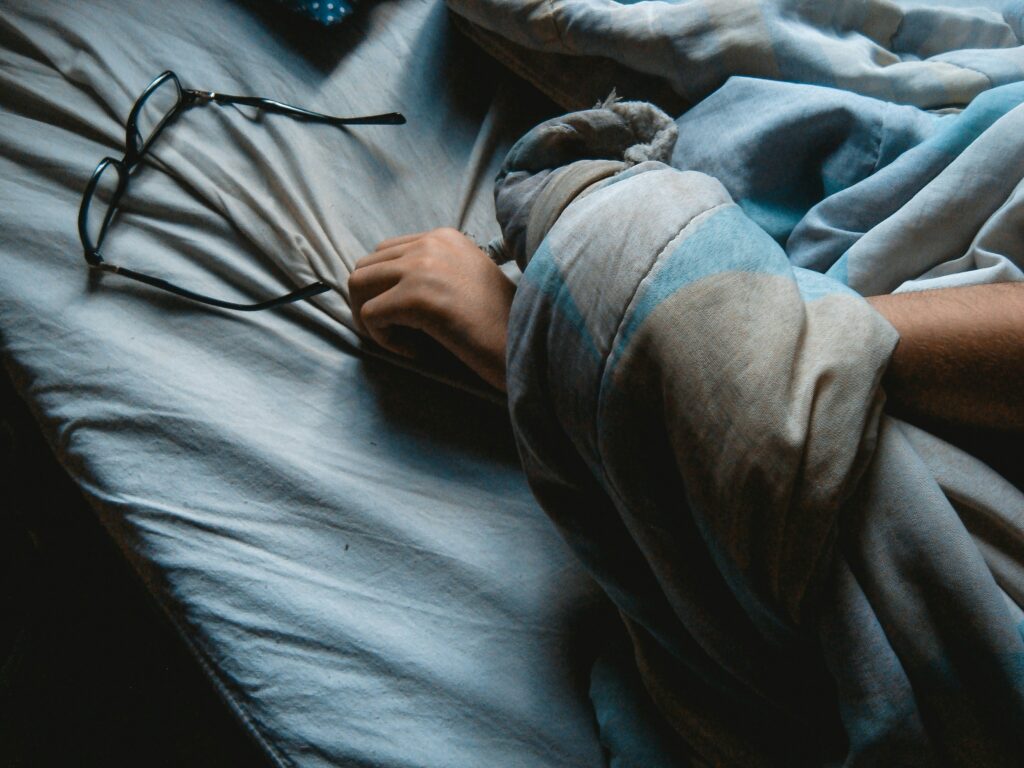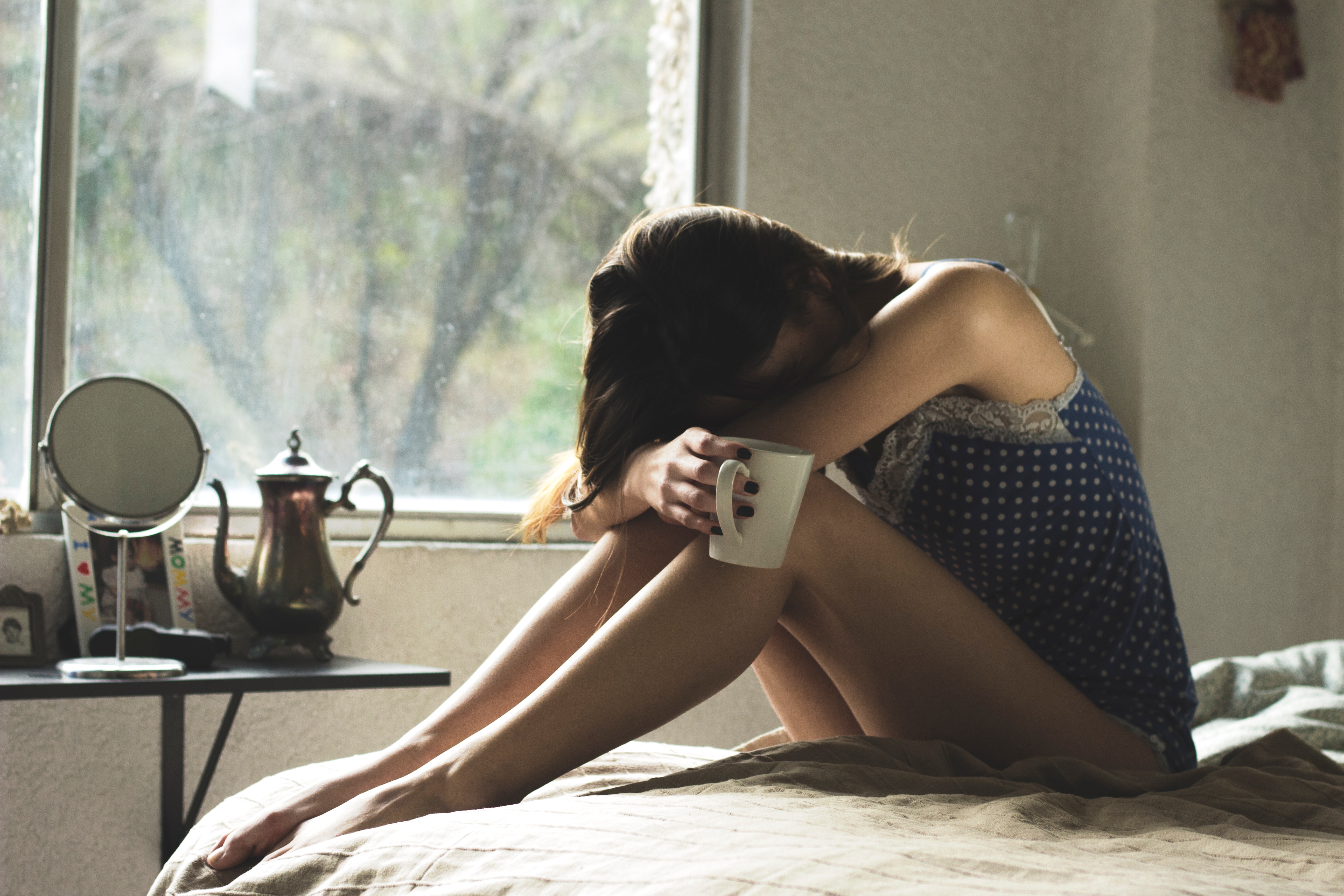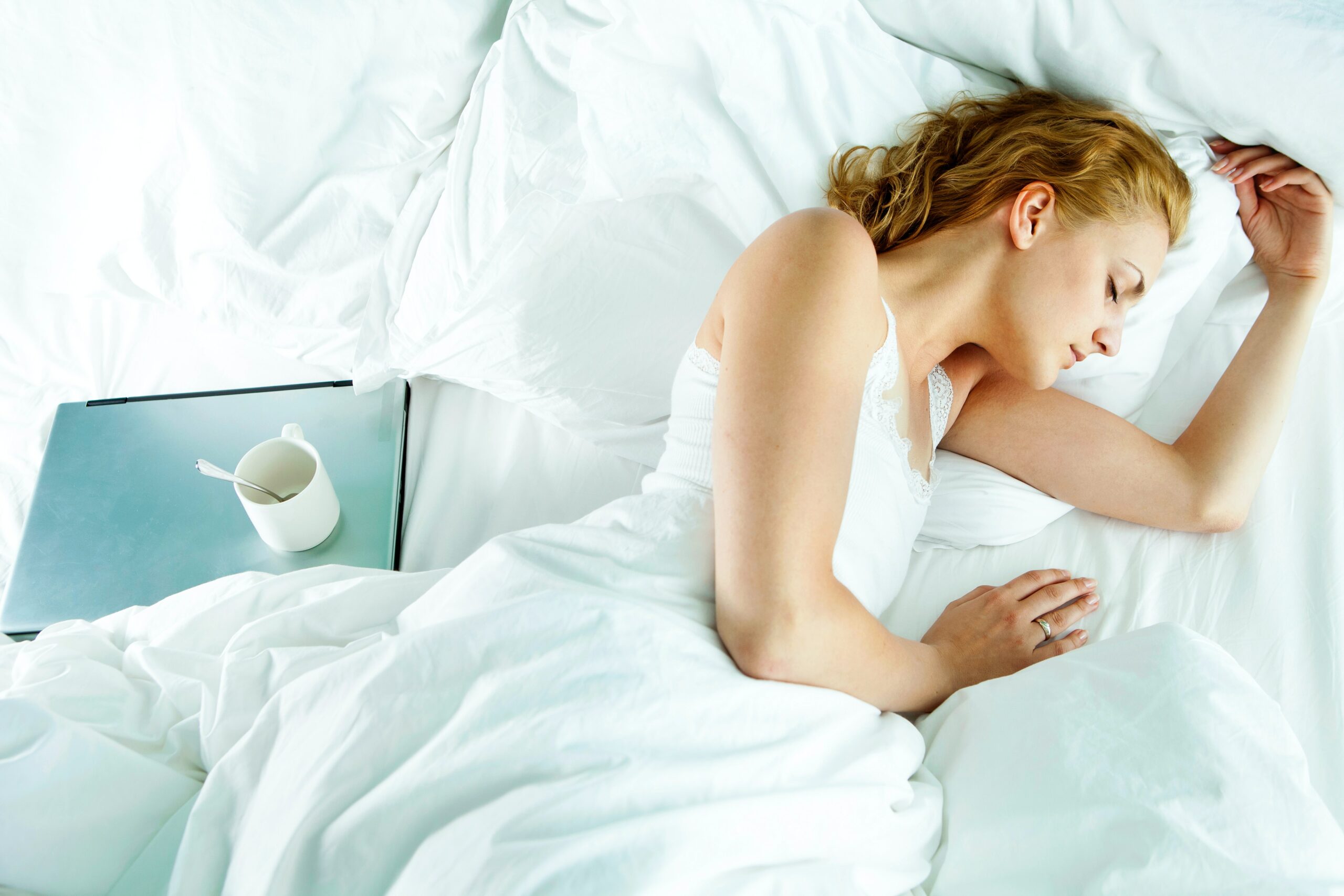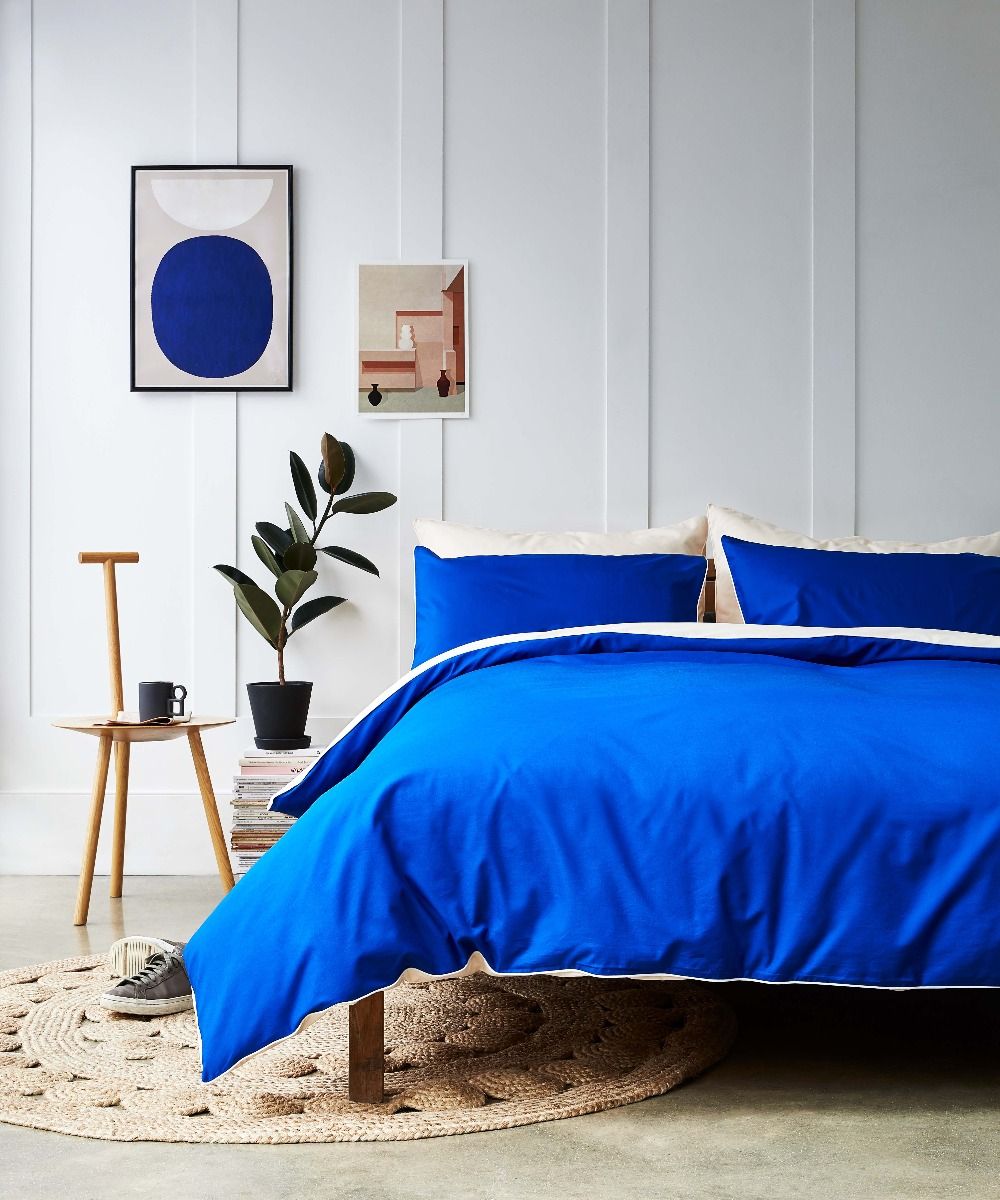Society has long perpetuated a shortsighted regard for sleep-related illnesses. Obstructive Sleep Apnoea (OSA) is a common sleep condition affecting as many as 1.5 million people throughout the UK. Caused by a partial or complete blockage of the airways during sleep, those with the condition (but not receiving treatment) will regularly awaken from sleep in order to breathe through the obstruction, thereby inhibiting their ability to experience high-quality rest.
Diagnosed following a sleep diagnostic test, the condition is most commonly treated using a CPAP or continuous positive airway pressure device, a relatively basic machine that gently blows pressurised air through your airways at a constant pressure, keeping the airways from collapsing. Unless treated, OSA has been suggested to increase the risk of type 2 diabetes, high-blood pressure/hypertension, and even having a stroke or heart attack.

And yet, despite the severity of Sleep Apnoea, diagnoses have previously been restricted to a particular section of the population – over 40 years of age, male, overweight and sympathetic to smoking and/or alcohol.
Indeed, such perceptions were largely evidence-based – OSA is for example, believed to affect approximately 4% of men and 2% of women.
But as time has progressed, our understanding of the condition has significantly increased, as have the number of sleep diagnostic tests annually carried out by the NHS. And this is certainly needed. It’s believed that only 10% of people with OSA seek treatment, leaving the vast majority of OSA sufferers undiagnosed. Unless tested and eventually treated, thousands, if not millions of people stand at risk of developing those life-threatening conditions previously mentioned.

Things need to change.
During my teenage years, a strange relationship began to develop between myself and sleep. Suffering from continuous fatigue, I would be unable to make it through the day without falling asleep. Whether at school, with my friends or watching television, I wouldn’t be able to stay awake, despite having had eight (or more) hours’ sleep the previous night.
What made the matter worse however, was that nobody could seem to understand why this was happening. I was a young, relatively fit teenager, who maintained a healthy diet. In other words, according to the common perception of sleep-related conditions, I wasn’t able to suffer from sleep deprivation due to something I couldn’t control. It just had to be my fault.
For three years then, I was ignored. I was neglected. The uncharacteristic irritability, short temper, forgetfulness, and sudden changes in mood apparently didn’t matter to any doctor or health professional. It was only at the age of 18, after three years of pestering, I finally received a sleep diagnostic test, and discovered that I had moderate-to-severe Obstructive Sleep Apnoea. The ‘chocking noise’ I had supposedly been making whilst I was asleep, was the result of my throat muscles intermittently relaxing (and blocking) my airway during sleep, and not merely from sleeping on my back rather than my side. Despite having tried everything that I possibly could have, only a CPAP device would allow me to enjoy a restful night’s sleep, and eradicate those constant feelings of fatigue and irritability.
Saying that however, it’s not perfect.
How could you possibly expect a person under the age of 21, on their way to university, off on their gap year or moving away from home, to persistently carry around such a hefty bit of kit? To think the treatment available is not catered to you, but rather an older, less active demographic, can often perpetuate intense feelings of neglect. I myself now live in a state of defeatism, feeling like I will never achieve a restful night’s sleep without wearing a somewhat uncomfortable mask and chin strap.
Of course, Obstructive Sleep Apnoea is just one of a variety of sleep conditions that can severely impact upon one’s quality of life. From chronic insomnia to narcolepsy, hypersomnia to cataplexy, a more coherent understanding of each condition, as well as improvements in treating such afflictions will continue to be provided/obtained.
But unless we simultaneously combine such advancements with an entirely different perception of sleep-related illness – one that accepts the possibility of sleep conditions in each and every one of us – we risk alienating a significant proportion of the population, especially those in the prime of their lives unable to fulfil their potential due to an inability to obtain regular, deep and restful sleep.
If only sleep professionals would finally wake up…







